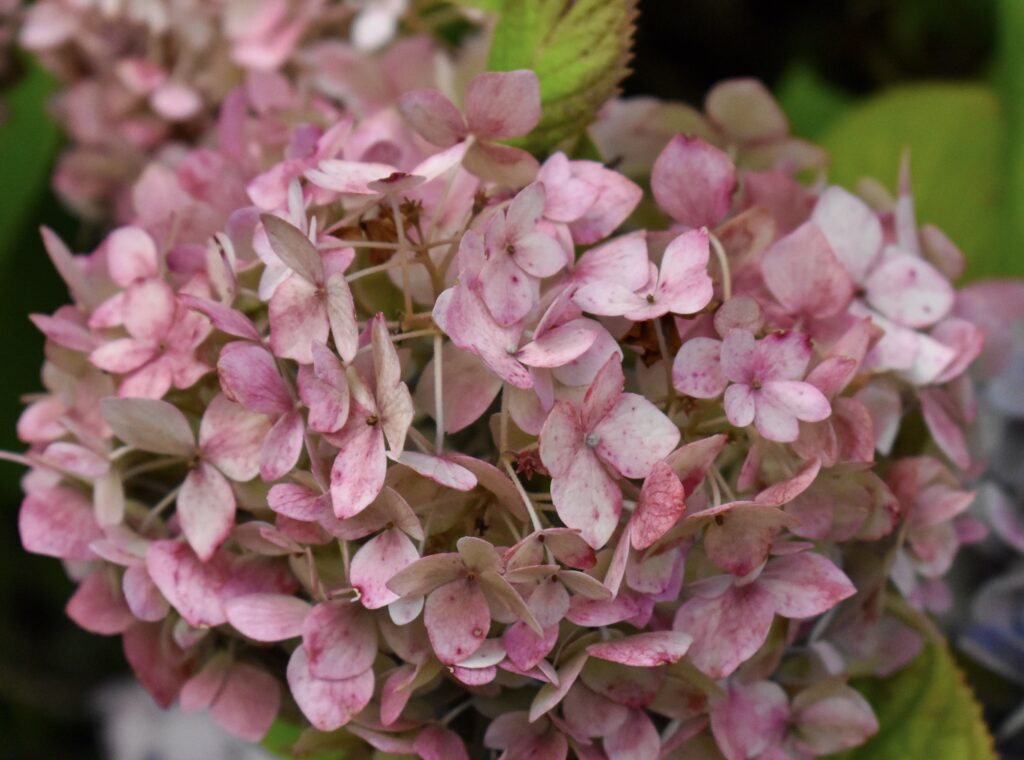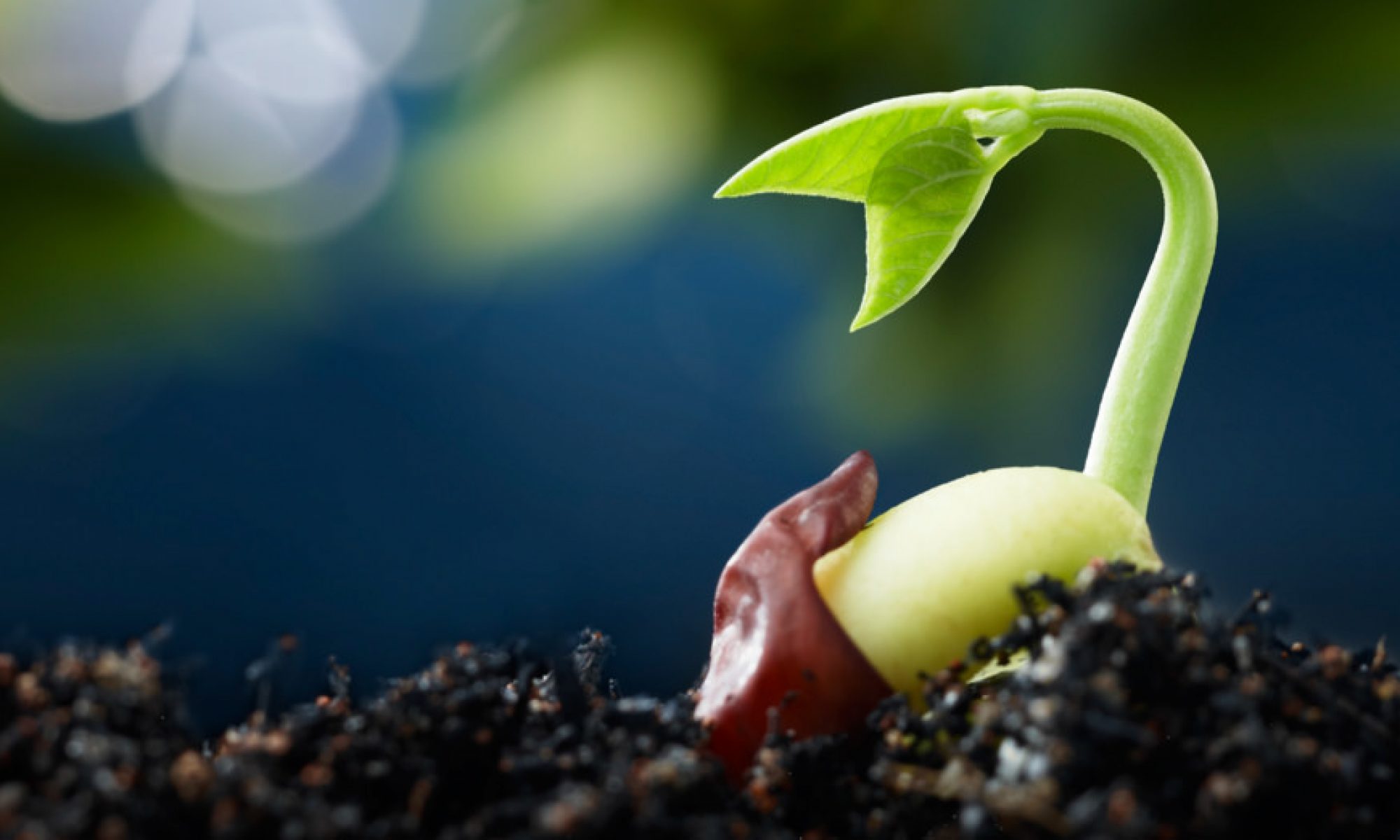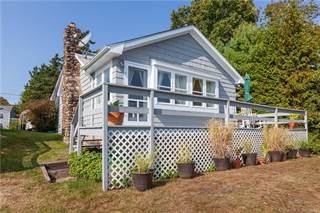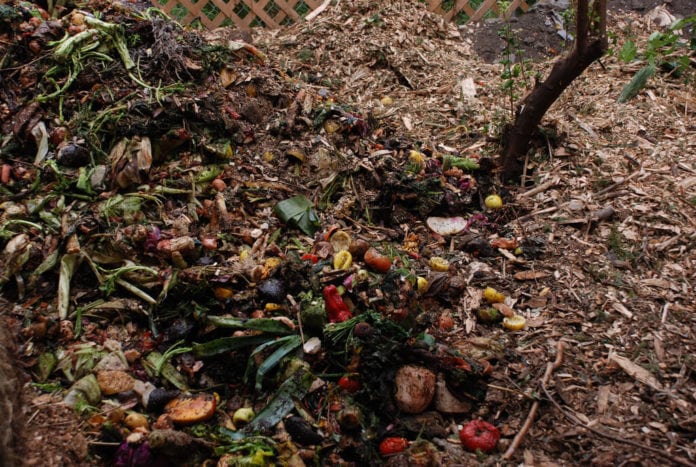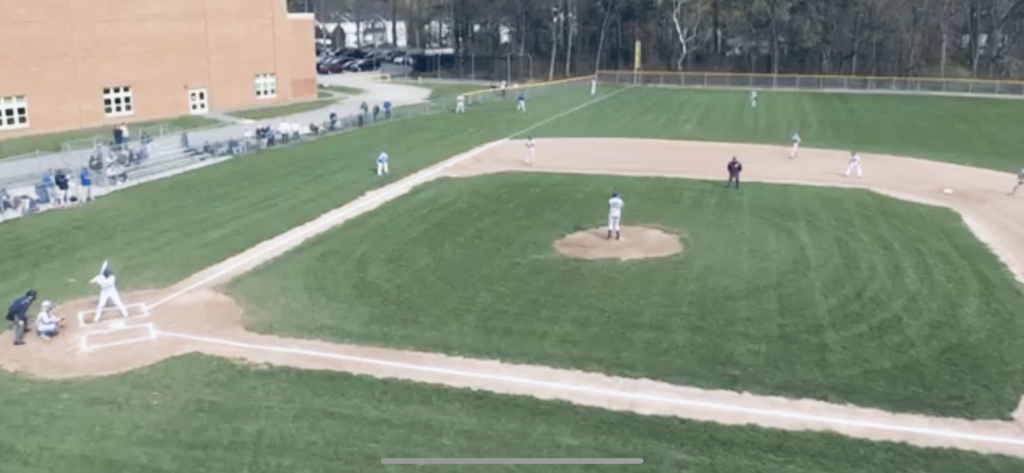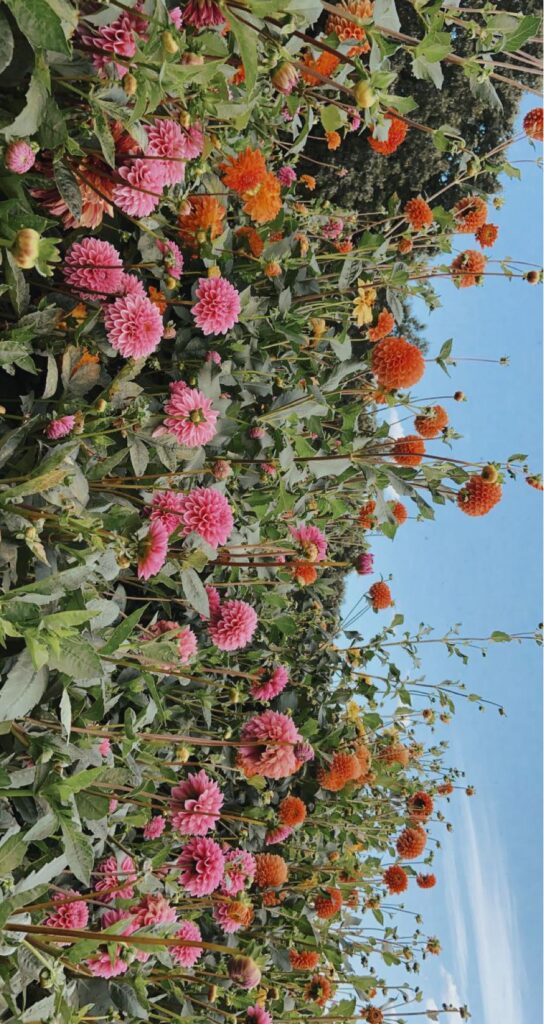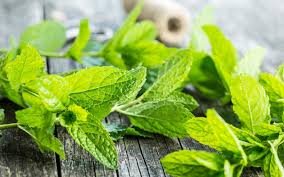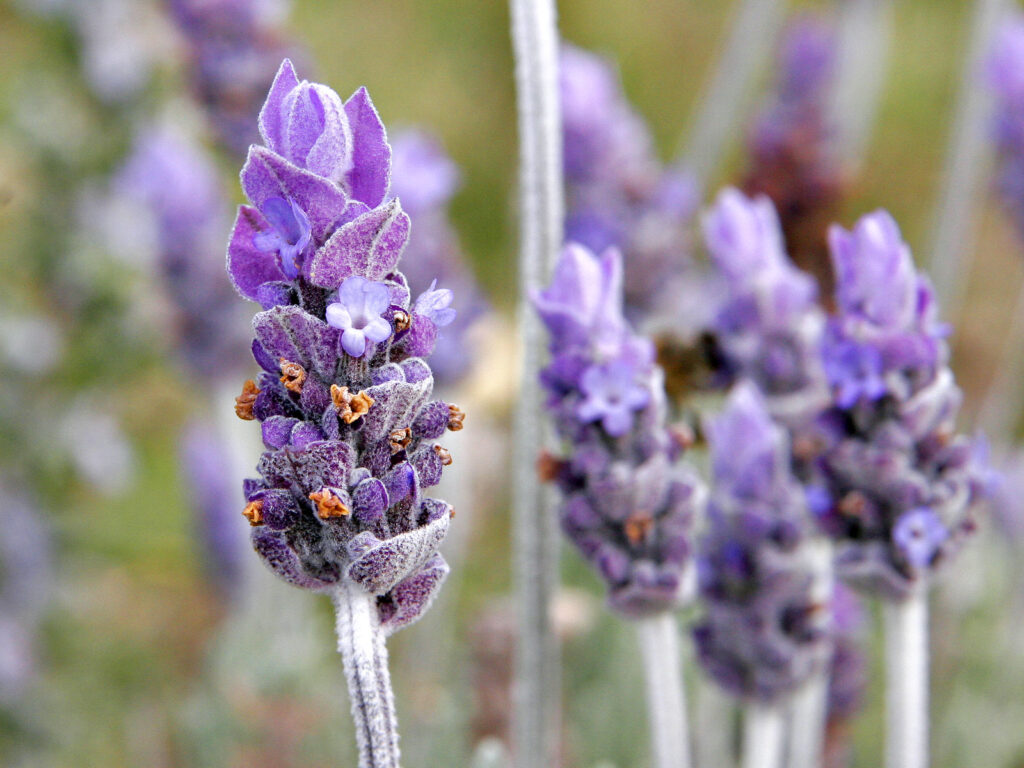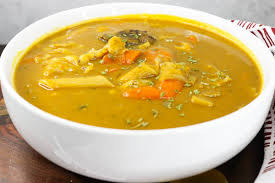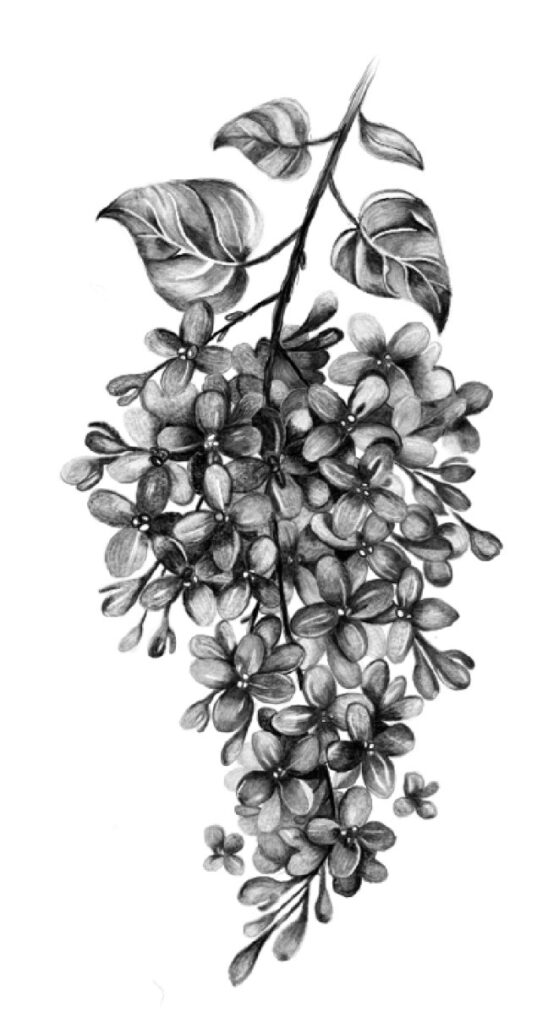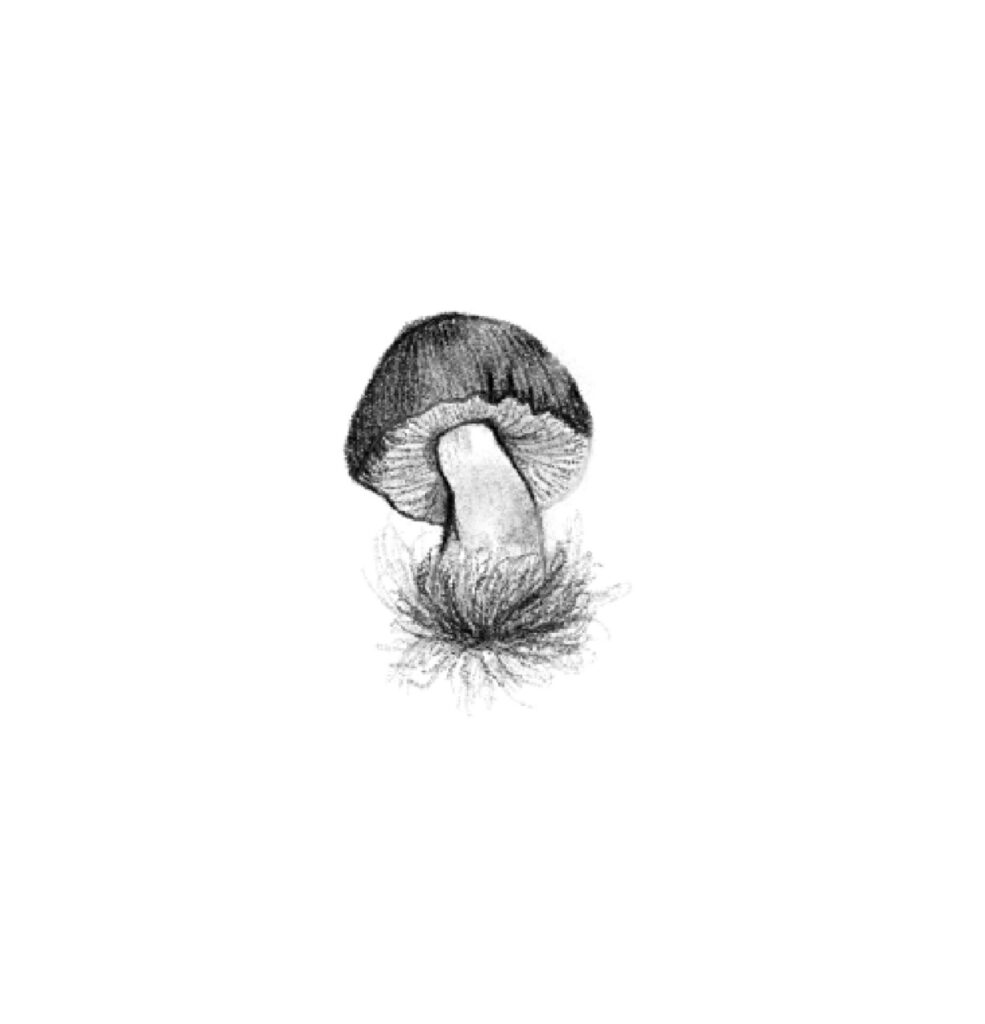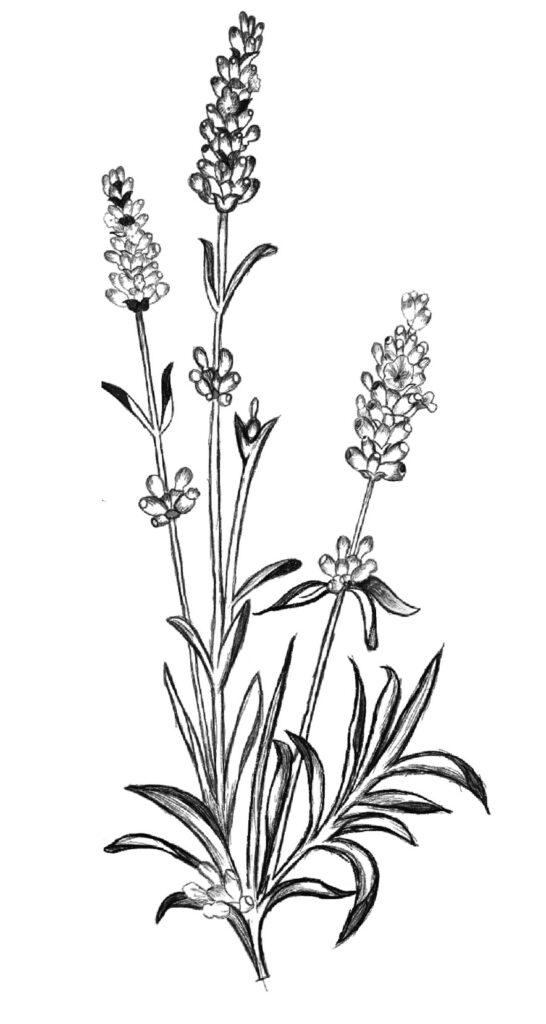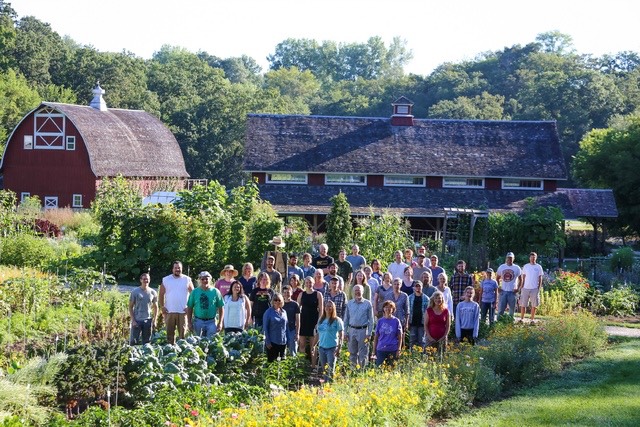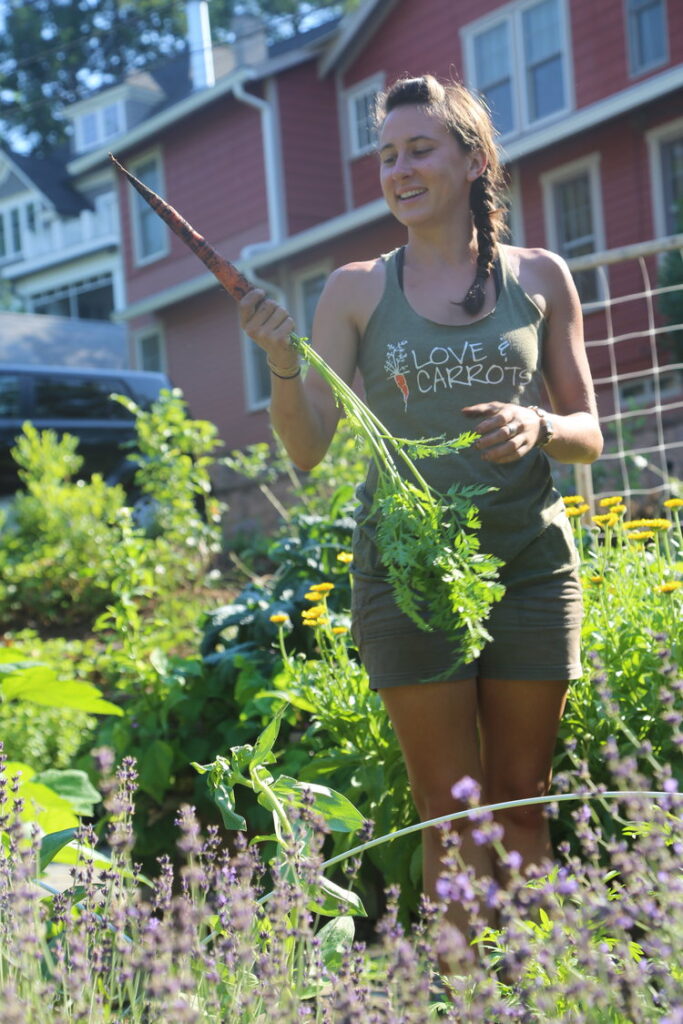Written and Photos by: Kaitlyn Foley
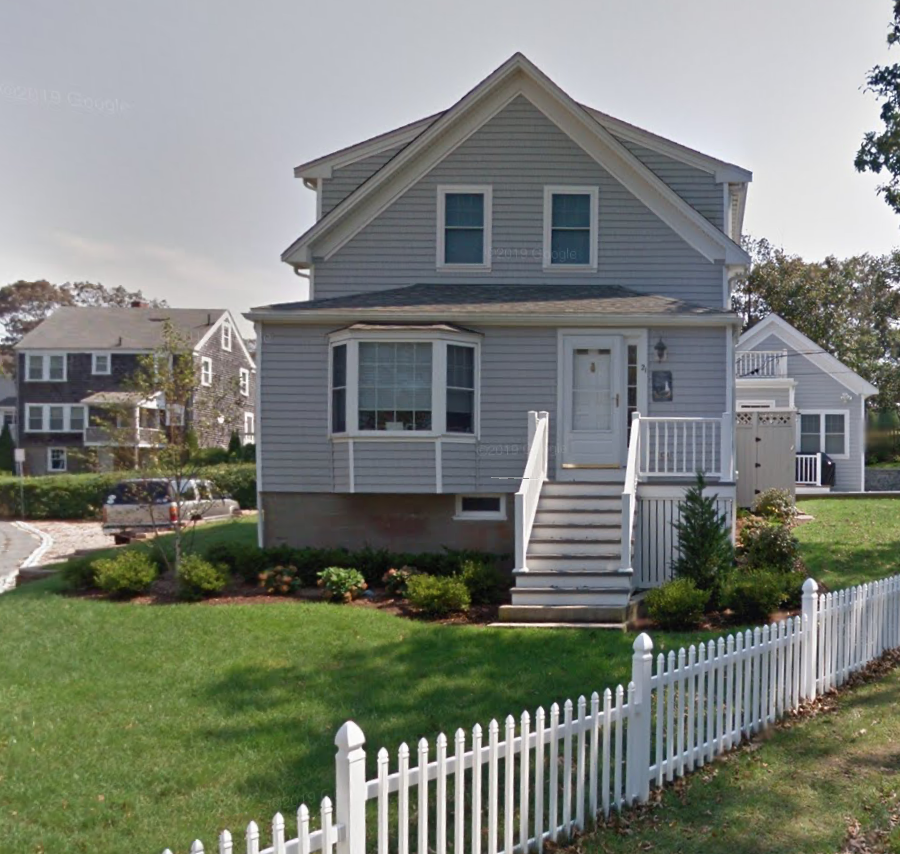
Photo from Google Maps, September 2011
Ever since I was a baby, my family and I always spend a portion of our spring and summer in Falmouth Heights, Massachusetts, which is part of Cape Cod. My nana and my grandfather, my father’s parents, bought a house on the Cape many years ago. I have created some of my favorite memories here, which include spending quality time with my family, talking walks along the beach, admiring the plants and growing my love of photography.
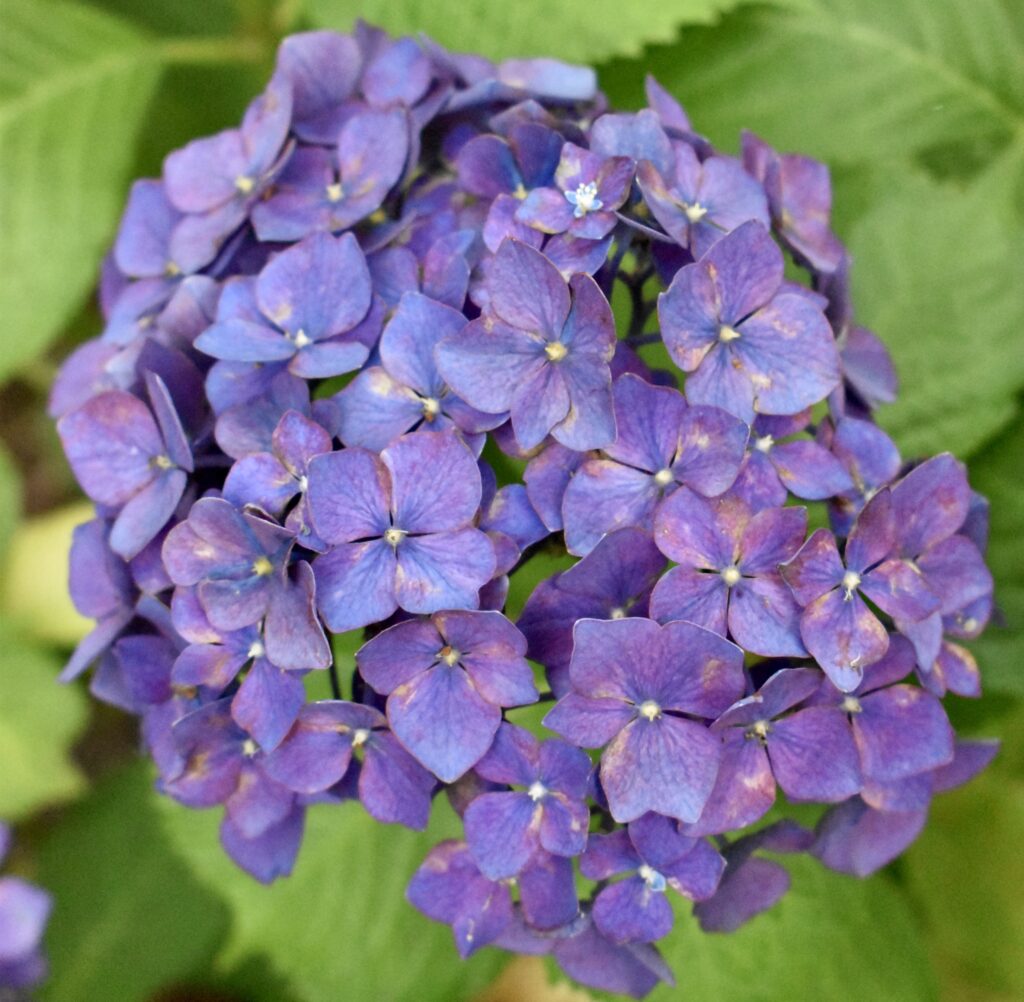
One of my favorite flowers found all over Cape Cod, and in my nana’s yard are hydrangeas. I love them because they add a pop of color and they remind me of my grandfather. Hydrangeas can range from red, pink, purple, blue, and white, however their color all depends on the acidity of the soil in which the plant grows. A pH scale, which goes from zero to fourteen with seven being neutral, is used to determine how acidic the soil is. If soil has a pH level greater than 7 it would produce pink hydrangeas, while a pH level less than 7 would produce blue hydrangeas. In other words, the lower the pH, the more acidic the soil is. If an individual wishes to change the color of their hydrangeas from pink to blue they can easily do so by increasing the acid in the soil. Some home remedies include, adding vinegar or lemon juice to the soil, mulching the area around the plant with coffee grounds, or even burying rusty nails or copper pennies in the soil.
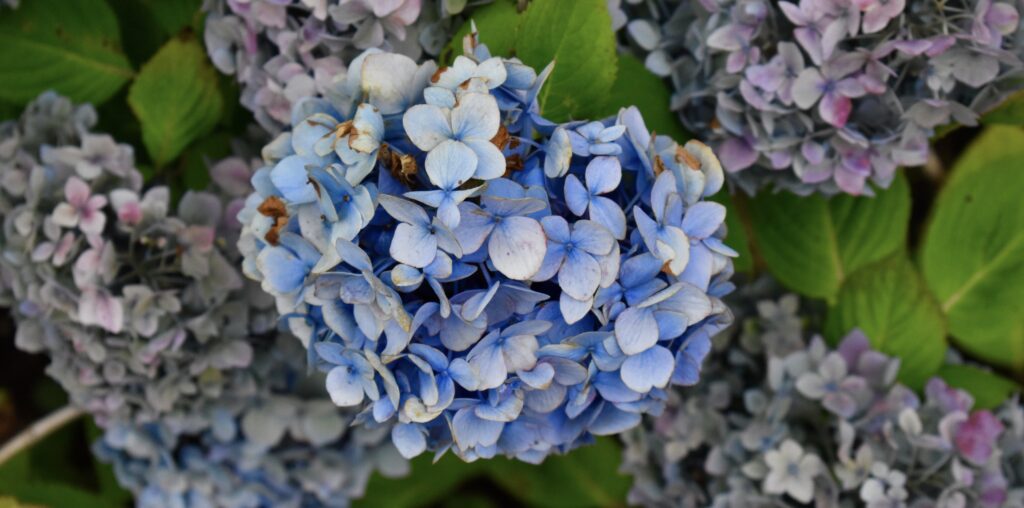
My love of hydrangeas increased my love of gardening and flowers in general. When I was younger, I would help my father garden and keep the lawn on my nana’s property in healthy condition, and it eventually turned into an activity that strengthened our bond. My grandfather passed away before I was born, but he took pride in his lawn and plants. After he died, my father took on the role of tending to the yard, which was later instilled in me. Pulling weeds, planting new flowers, trimming bushes, trees and much more made me feel closer to my dad, but also my grandfather as well. Even though I did not get to meet my grandfather, I feel a connection to him by gardening the land he bought and worked hard for. Knowing that I am tending to the same hydrangeas he once did gives me the satisfaction of feeling like he is a part of my life and I am part of his.
